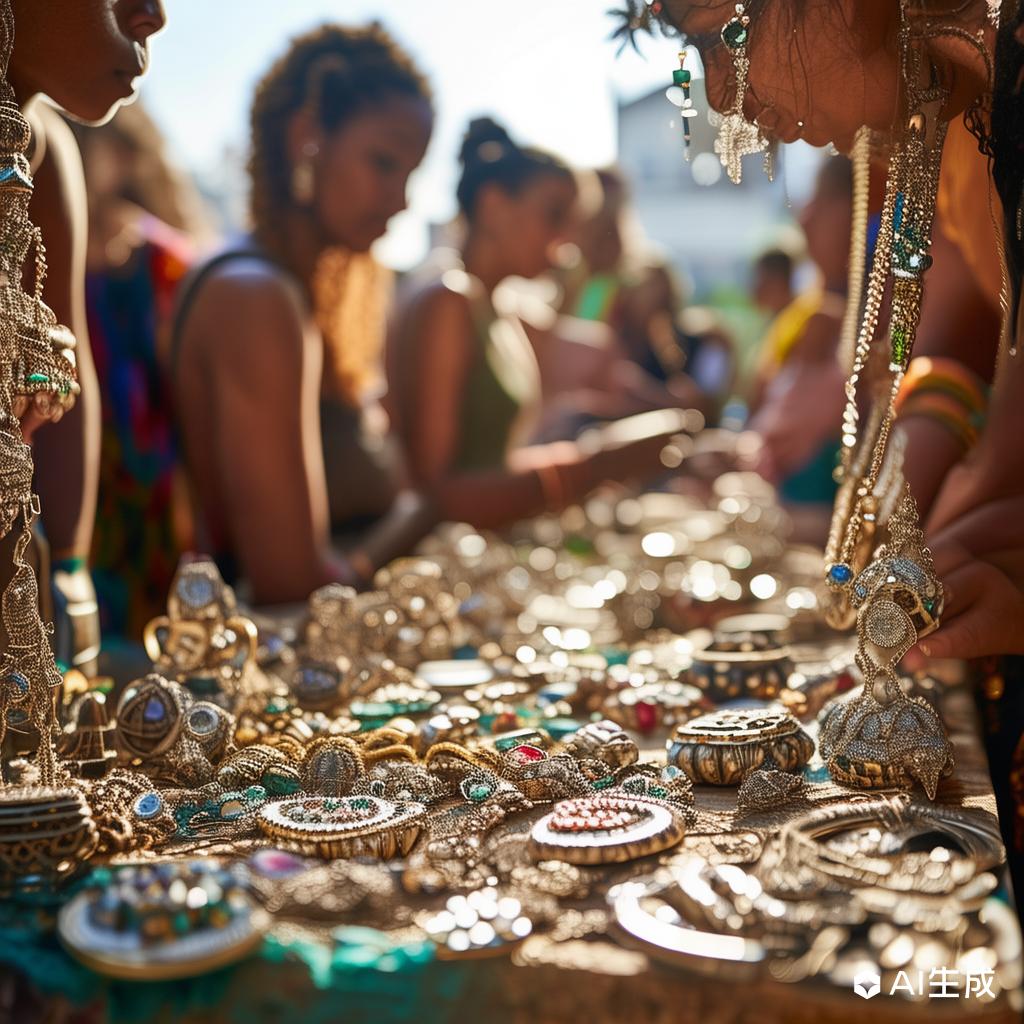The Social Value of Jewelry: Beyond Aesthetics and Adornment
Share

Jewelry has long been cherished for its aesthetic appeal and ability to enhance personal adornment. However, the significance of jewelry extends far beyond mere beauty. It holds a profound social value that has been evident across various cultures and historical periods. This article delves into the multifaceted social dimensions of jewelry, exploring how it serves as a marker of identity, status, and cultural heritage.
One of the primary social functions of jewelry is its role as a symbol of identity. Throughout history, different cultures have used specific types of jewelry to signify membership in a particular group, clan, or tribe. For instance, in many African societies, beads and necklaces are worn to indicate tribal affiliations and marital status. Similarly, in Hindu culture, the mangalsutra is a sacred necklace that symbolizes marital commitment and is worn exclusively by married women.
Jewelry also serves as a potent indicator of social status and wealth. In ancient civilizations like Egypt and Rome, the wearing of gold and precious stones was a privilege reserved for the elite. Even in contemporary society, high-end jewelry brands and rare gemstones are often associated with luxury and affluence. The visibility of such adornments allows individuals to display their economic standing and social rank.
Moreover, jewelry acts as a repository of cultural heritage and tradition. Many pieces are passed down through generations, carrying with them the stories and values of the past. For example, family heirlooms such as engagement rings and brooches often have sentimental value and serve as tangible connections to one's ancestors. Additionally, traditional jewelry designs and craftsmanship techniques preserve cultural practices and artistic expressions.
The social value of jewelry is further evident in its role in rituals and ceremonies. From weddings to religious festivals, jewelry plays a central part in various rites of passage. It is often used to signify transitions in life stages, such as the coming of age or the assumption of leadership roles. These ceremonial uses underscore the deep-seated cultural and social meanings attached to jewelry.
In recent years, the concept of "socially responsible jewelry" has gained prominence. This movement emphasizes ethical sourcing of materials and fair labor practices in the jewelry industry. Consumers are increasingly aware of the social impact of their purchases, leading to a growing demand for jewelry that aligns with their values of sustainability and social justice.
In conclusion, the social value of jewelry is a rich and complex tapestry that weaves together identity, status, heritage, and ethics. It is not merely an accessory but a powerful symbol that reflects and shapes social dynamics. Understanding these dimensions enhances our appreciation of jewelry as a vital element of human culture.